Fortinet FCP_ZCS_AD-7.4 FCP - Azure Cloud Security 7.4 Administrator Exam Practice Test
FCP - Azure Cloud Security 7.4 Administrator Questions and Answers
Which output was taken on a VM running in Azure?
A)
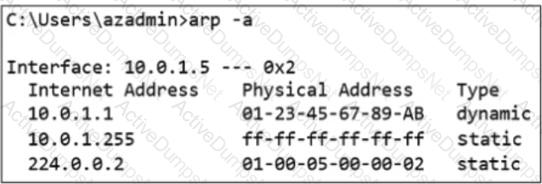
B)
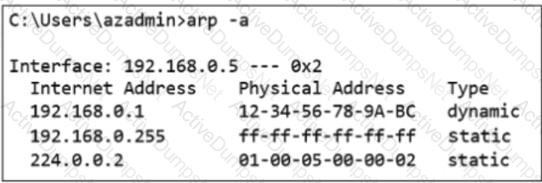
C)
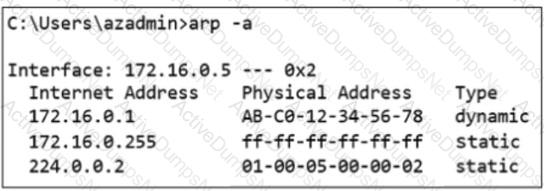
D)
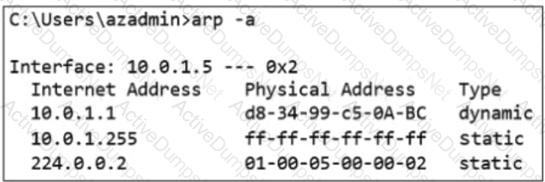
Why would you use a user-defined route in Azure?
What is a key advantage of the branch-to-hub to hub-to-branch topology in an Azure virtual WAN?
Refer to the exhibit.

Your company runs front-end web servers in Azure. You need to deploy a Linux VM to be used as a web server.
To protect your web servers with a web application firewall (WAF), you deploy FortiWeb to secure applications from web-based attacks.
Which FortiWeb operation mode can you implement for this scenario?
What is a requirement when you deploy a FortiGate active-active cluster in Azure?
Refer to the exhibits.
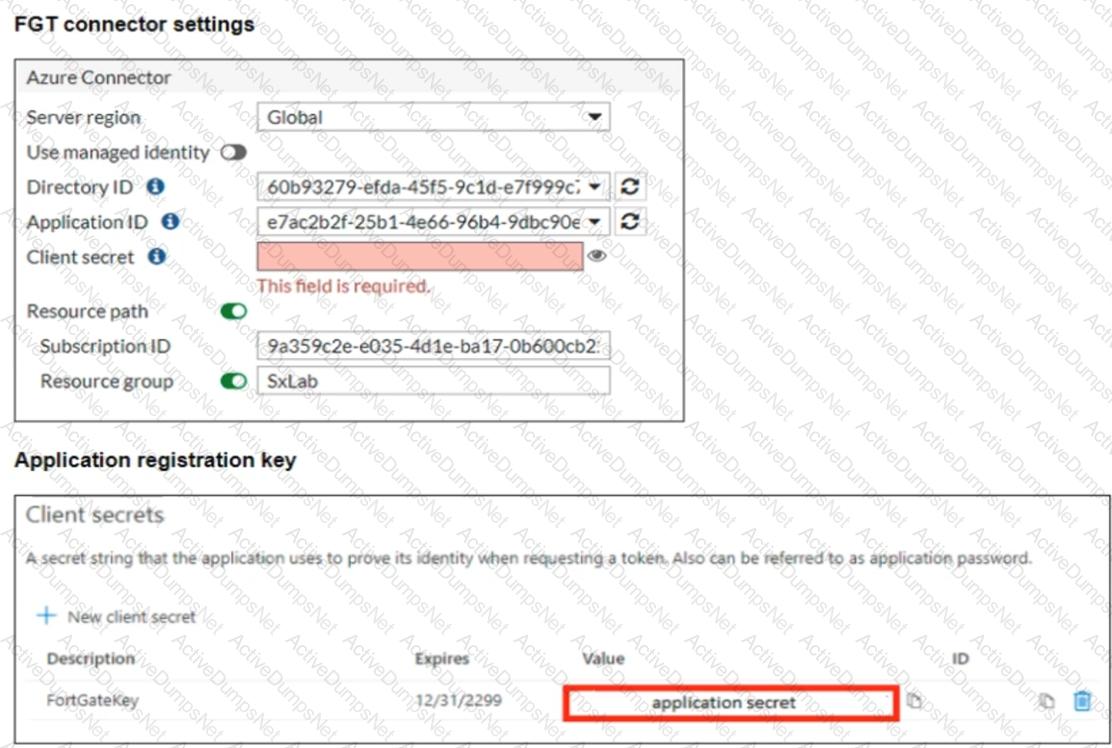
You are configuring an SDN connector for Azure on a FortiGate device You completed all the required steps on the Azure side. While configuring the FortiGate side, you notice that you did not save the client secret used in the Azure App Registration.
What is the quickest way to obtain the value of the client secret?
How does Azure ExpressRoute contribute to achieving predictable latency for network traffic?
You are deploying a site-to-site IPsec VPN connection between your on-premise subnet and your Azure VNets.
What is the most important advantage for using FortiGate at both ends of the tunnel?
What is a key distinction between Azure Firewall and FortiGate VM in terms of their primary functions?
In the context of Azure Route Server, what is a primary function of the route server subnet?
